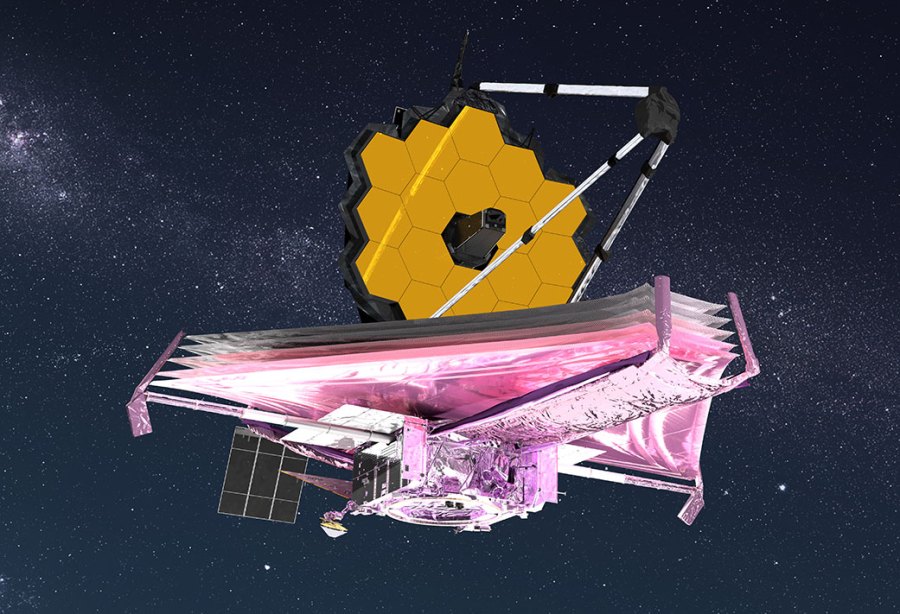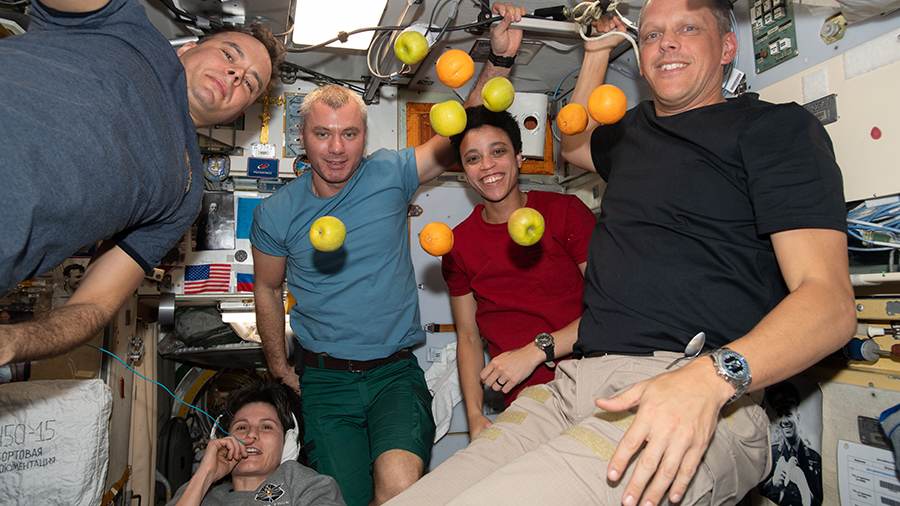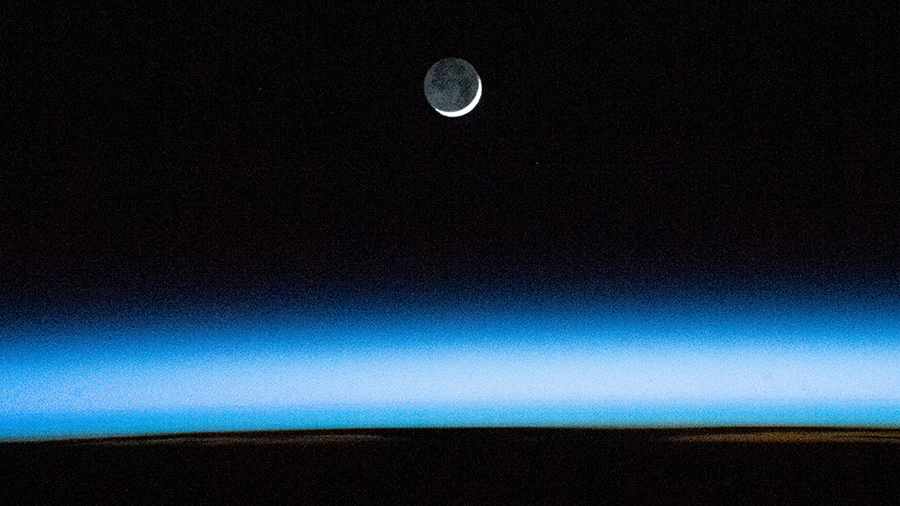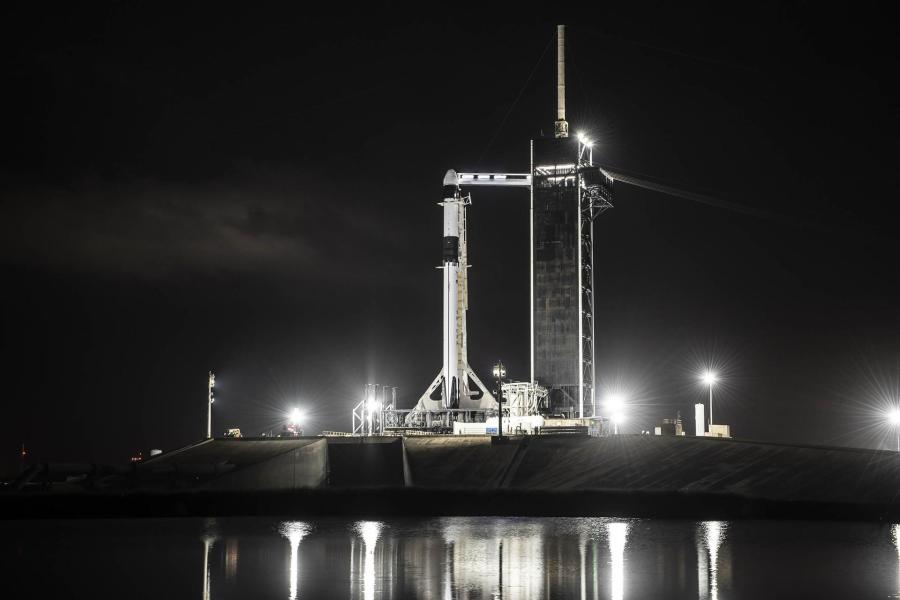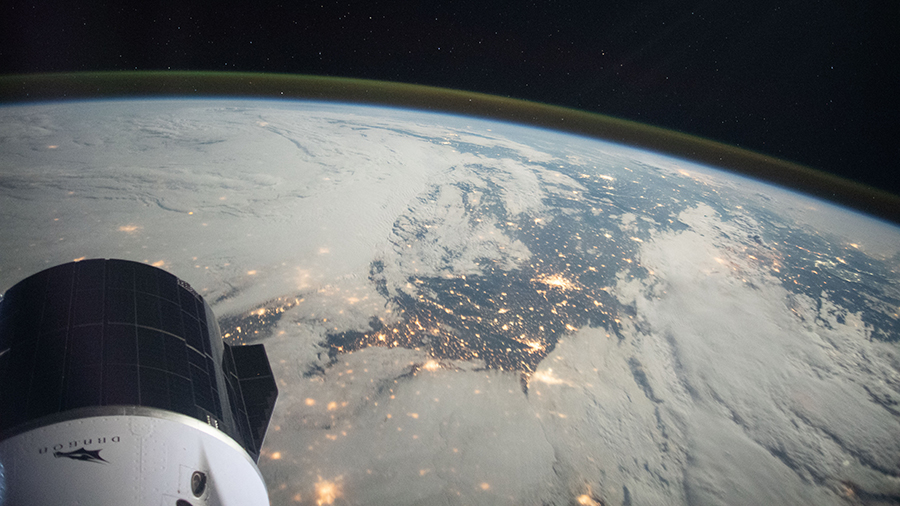Astra Space Inc. is targeting no earlier than June 12, pending issuance of a launch license from the Federal Aviation Administration, for the first launch of NASA’s Time-Resolved Observations of Precipitation structure and storm Intensity with a Constellation of Smallsats (TROPICS), a constellation of six CubeSats. Two CubeSats, each about the size of a loaf …


























